Where Science Meets Transcendence:
Mapping the Moral Patterns That Help Us Thrive
Why We Exist
After years at the bedside—watching people take their final breath—I realized something: those with a spiritual foundation often passed in peace. Their beliefs weren’t just personal—they were relational, often guiding families through one of life’s most difficult transitions.
Some people pass in chaos, others in calm.
Some speak with regret, others with clarity.
And again and again, there it was:
those with a sense of connection to something larger—through religion, spirituality, or deep-held values—faced death with an anchored peace.
What guided them wasn’t dogma—it was coherence. A structure of meaning that held both the patient and the family through the unknown.
Not always easy, but often whole.
And medicine had no name for it.
Religion, in that moment, was not dogma—it was a bridge.
What if we could study that bridge?
What if that internal structure—the moral and spiritual architecture that eases suffering—could be studied?
What if the beliefs, values, and moral patterns embedded in global traditions could actually be
Measured? Understood?—not just respected?
That’s the mission of the Human Spiritome Project.

What We’re Discovering
From churches in the U.S. to communities in West Africa, one thing is clear: the moral architecture you inherit—or build—shapes how you live, relate, and die.
While traveling through Africa, the realization deepened:
If I had been born there, I would’ve believed what they believed.
Yet the inner structure—the patterns—felt familiar.
Every culture had rituals for grief, celebration, forgiveness, and connection.
Not the same content, but the same function.
They shaped behavior. Anchored identity. Improved outcomes.
Then came the neuroscience.
Dr. Lisa Miller and others showed how belief physically reshapes the brain.
Not metaphorically—neurologically.
And so, a new term emerged:
Spiritome — the measurable map of a person’s internal belief architecture, moral logic, and transcendent orientation.
Not a belief system.
Not a religion.
A map.
A Measurable Frontier of Human Health
A new layer of human health is emerging—beyond biology and psychology—rooted in how we make meaning, engage morality, and face the unknown.
→ What if your moral compass could be optimized like your blood pressure or VO₂ max?
But the Spiritome isn’t about what you believe.
It’s about how beliefs—any beliefs—shape behavior, perception, resilience, and legacy.
Agnostic, spiritual-but-not-religious, deeply devout, or uncertain—
The question is not what label you carry,
but what architecture exists inside you
that helps you relate, repair, and reflect.
This is what we study.

A Quiet New Tool
The Human Spiritome Project is a research and reflection initiative,
designed to document and explore the health effects of:
Moral patterns across spiritual traditions
Transcendent awareness and neurobiology
End-of-life coherence and family peace
Meaning-making and internal alignment
We use validated surveys, structured interviews, and pattern analysis to surface what’s often invisible, but powerfully real.
Not to prescribe belief.
Not to defend tradition.
But to observe what makes us whole.
Where Science Ends, Inference Begins
There is a shared threshold.
A line past which measurement fades and mystery begins.
We call it the Point of Inference
where neither science nor spirit can fully explain,
but both point toward something more
From that place, humility arises.
So does awe.
And curiosity.
The Spiritome is built for that edge.
It’s not an answer.
It’s an opening.
A quiet shared frontier
where humans meet themselves
not just as bodies or minds—
but as meaning-makers.



